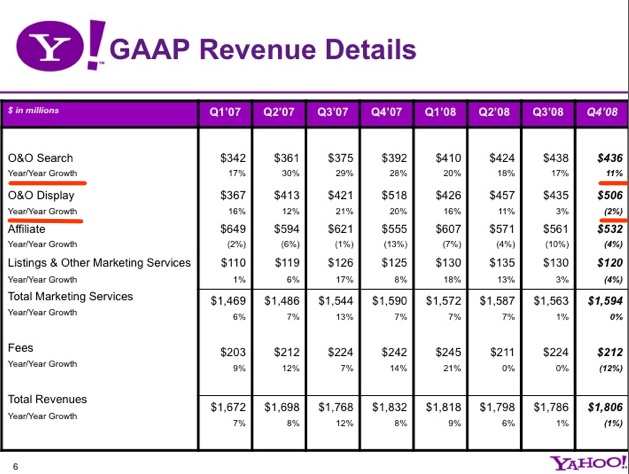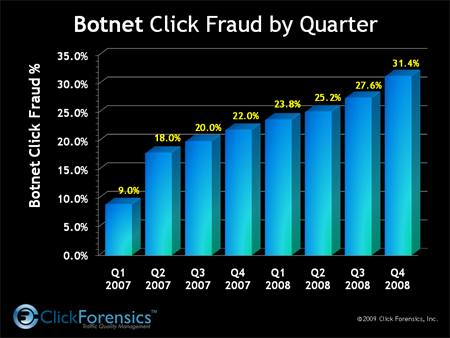 Businesses and established organizations are vastly different environments than the Web 2.0 social networking-centric universe. Where Web 2.0 is all about sharing information and engaging in two-way conversations, the enterprise concerns itself, in part, with individuals who are guarded with information and an organizational structure that disseminates information in top-down fashion. From my experience of evangelizing the benefits of social media at a mid-sized civil engineering company, I have learned many lessons on how the enterprise regards and judges social media.
Businesses and established organizations are vastly different environments than the Web 2.0 social networking-centric universe. Where Web 2.0 is all about sharing information and engaging in two-way conversations, the enterprise concerns itself, in part, with individuals who are guarded with information and an organizational structure that disseminates information in top-down fashion. From my experience of evangelizing the benefits of social media at a mid-sized civil engineering company, I have learned many lessons on how the enterprise regards and judges social media.
This is a guest post written by Jason Harris, a technology writer and SharePoint administrator.
The company I work for consists of roughly 950 employees spread across 23 offices up and down the west coast of the United States and some points eastward. How do I drive SharePoint and the concept of social media in a company in which most of my clientele consists of middle-aged civil engineers, most of whom don't see any benefit to making their work more social?
Problem: Individuals are Unaware of the Basics of Social Media
In the enterprise, many employees think blogs are merely websites on which people talk about their cat or their latest meal. Many don't know the differences between and advantages of such tools as message boards, blogs, and wikis. They have heard of these terms in passing, but the demands of their day-to-day jobs have prevented them from recognizing the distinct benefits of each tool.
Solution: It is useless to advocate for social media tools in a vacuum. Unless you're describing a solution to a practical problem, busy workers will not respond to buzzwords like "wiki," "blog," and "community." Your client usually has about a 30-second attention span in which you can sell a social media tool.
An aide in my arsenal has been the excellent videos by Lee Lefever at Common Craft. Lee visually explains social media concepts "In Plain English." Common Craft videos quickly explain complex and sometimes unfamiliar technologies in a few minutes, sans the buzzwords, hype, and sensationalism.
Problem: Cynical Clients Who Don't Want to Share Information
Unfortunately, some potential SharePoint users balk at the technology because they have no desire to share their knowledge for the benefit of the organization. These individuals tend to equate their knowledge with job security; therefore, they feel nervous about sharing out of fear that they wouldn't be needed any more.
Solution: As Guy Kawasaki says, "Look for agnostics, ignore atheists." If you sense your potential client has no interest in sharing information or contributing to an online community (in this case, powered by SharePoint), move on to other parties who would be interested in building a knowledge base and community.
Often, when people thumb their noses at the concept of a SharePoint website housing a body of knowledge, the time comes when they turn to that website or community for a piece of information to complete a task or carry out a project. As a result, they'll see the value of the online community and will be more inclined to contribute their knowledge to it.
Problem: Knowing Where to Start
Information technology managers and business folk have heard stories about the benefits of social media use in the enterprise but are unsure where to start.
Solution: Analyze your particular circumstances. Technology alone won't fix or alleviate a business problem. Merely throwing up a wiki and publicizing it doesn't guarantee its success. Instead, use collaborative technologies such as SharePoint to solve the problem.
For example, some companies have tedious workflows to address routine functions, such as requesting time off and filling out time cards. SharePoint has built-in features that help complete these functions quickly and easily. Take time-off requests, for example: Microsoft has aspecific site template for this very purpose (which is free).
The point here is to take collaborative technology and apply it to processes that are routine and can be easily completed. This low-hanging fruit shows users the benefit of embracing a new way of doing things. At this point, when their minds are spinning at the possibilities, you can suggest other areas in which to apply SharePoint and other collaborative technologies.
Social media, collaboration, and tools such as SharePoint deliver many benefits to work groups and teams of all sizes. There are many challenges to overcome, many of them either mental or political, but the rewards definitely outweigh the hurdles. With care, nurturing, and proper execution, your work group or enterprise will enjoy the numerous benefits social media have to offer.
This guest post was written by Jason Harris, a technology writer and SharePoint administrator. To follow him, read his blog.

 Businesses and established organizations are vastly different environments than the Web 2.0 social networking-centric universe. Where Web 2.0 is all about sharing information and engaging in two-way conversations, the enterprise concerns itself, in part, with individuals who are guarded with information and an organizational structure that disseminates information in top-down fashion. From my experience of evangelizing the benefits of social media at a mid-sized civil engineering company, I have learned many lessons on how the enterprise regards and judges social media.
Businesses and established organizations are vastly different environments than the Web 2.0 social networking-centric universe. Where Web 2.0 is all about sharing information and engaging in two-way conversations, the enterprise concerns itself, in part, with individuals who are guarded with information and an organizational structure that disseminates information in top-down fashion. From my experience of evangelizing the benefits of social media at a mid-sized civil engineering company, I have learned many lessons on how the enterprise regards and judges social media. After being
After being 

.jpg) IDC's latest smartphone tracking survey, for the third quarter of 2008, records a dramatic fall in New Zealand sales of RIM BlackBerries, while Apple's 3G iPhone smashed records.
IDC's latest smartphone tracking survey, for the third quarter of 2008, records a dramatic fall in New Zealand sales of RIM BlackBerries, while Apple's 3G iPhone smashed records.




 First,
First, 


